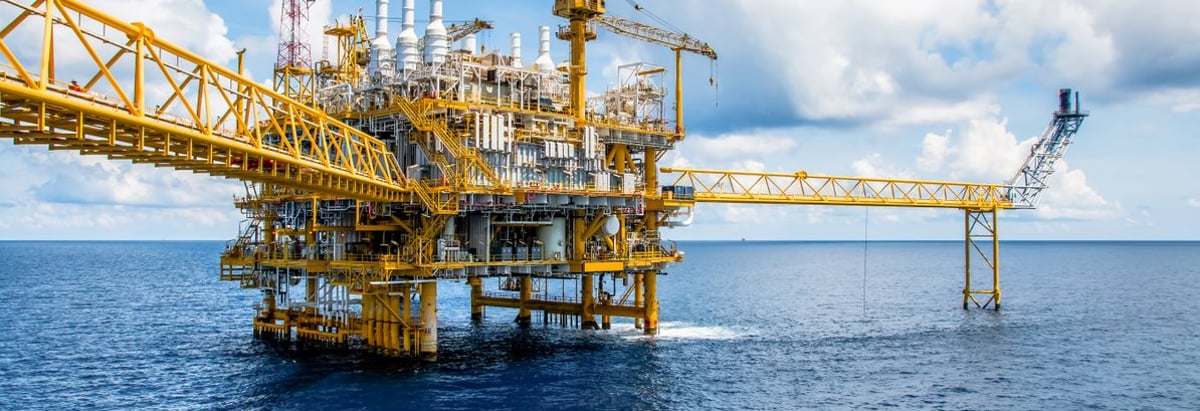- United Kingdom
- /
- Oil and Gas
- /
- LSE:CAD
Did Cadogan Petroleum plc (LON:CAD) Create Value For Investors Over The Past Year?

I am writing today to help inform people who are new to the stock market and want to start learning about core concepts of fundamental analysis on practical examples from today's market.
Cadogan Petroleum plc (LON:CAD) delivered a less impressive 0.2% ROE over the past year, compared to the 9.0% return generated by its industry. An investor may attribute an inferior ROE to a relatively inefficient performance, and whilst this can often be the case, knowing the nuts and bolts of the ROE calculation may change that perspective and give you a deeper insight into CAD's past performance. Metrics such as financial leverage can impact the level of ROE which in turn can affect the sustainability of CAD's returns. Let me show you what I mean by this.
See our latest analysis for Cadogan Petroleum
Peeling the layers of ROE – trisecting a company’s profitability
Return on Equity (ROE) is a measure of Cadogan Petroleum’s profit relative to its shareholders’ equity. It essentially shows how much the company can generate in earnings given the amount of equity it has raised. Investors that are diversifying their portfolio based on industry may want to maximise their return in the Oil and Gas Exploration and Production sector by choosing the highest returning stock. However, this can be misleading as each firm has different costs of equity and debt levels i.e. the more debt Cadogan Petroleum has, the higher ROE is pumped up in the short term, at the expense of long term interest payment burden.
Return on Equity = Net Profit ÷ Shareholders Equity
Returns are usually compared to costs to measure the efficiency of capital. Cadogan Petroleum’s cost of equity is 8.3%. Given a discrepancy of -8.1% between return and cost, this indicated that Cadogan Petroleum may be paying more for its capital than what it’s generating in return. ROE can be split up into three useful ratios: net profit margin, asset turnover, and financial leverage. This is called the Dupont Formula:
Dupont Formula
ROE = profit margin × asset turnover × financial leverage
ROE = (annual net profit ÷ sales) × (sales ÷ assets) × (assets ÷ shareholders’ equity)
ROE = annual net profit ÷ shareholders’ equity

The first component is profit margin, which measures how much of sales is retained after the company pays for all its expenses. Asset turnover reveals how much revenue can be generated from Cadogan Petroleum’s asset base. Finally, financial leverage will be our main focus today. It shows how much of assets are funded by equity and can show how sustainable the company’s capital structure is. ROE can be inflated by disproportionately high levels of debt. This is also unsustainable due to the high interest cost that the company will also incur. Thus, we should look at Cadogan Petroleum’s debt-to-equity ratio to examine sustainability of its returns. Currently, Cadogan Petroleum has no debt which means its returns are driven purely by equity capital. This could explain why Cadogan Petroleum's' ROE is lower than its industry peers, most of which may have some degree of debt in its business.

Next Steps:
While ROE is a relatively simple calculation, it can be broken down into different ratios, each telling a different story about the strengths and weaknesses of a company. Cadogan Petroleum’s ROE is underwhelming relative to the industry average, and its returns were also not strong enough to cover its own cost of equity. Although, its appropriate level of leverage means investors can be more confident in the sustainability of Cadogan Petroleum’s return with a possible increase should the company decide to increase its debt levels. Although ROE can be a useful metric, it is only a small part of diligent research.
For Cadogan Petroleum, I've compiled three fundamental factors you should further examine:
- Financial Health: Does it have a healthy balance sheet? Take a look at our free balance sheet analysis with six simple checks on key factors like leverage and risk.
- Future Earnings: How does Cadogan Petroleum's growth rate compare to its peers and the wider market? Dig deeper into the analyst consensus number for the upcoming years by interacting with our free analyst growth expectation chart.
- Other High-Growth Alternatives : Are there other high-growth stocks you could be holding instead of Cadogan Petroleum? Explore our interactive list of stocks with large growth potential to get an idea of what else is out there you may be missing!
To help readers see past the short term volatility of the financial market, we aim to bring you a long-term focused research analysis purely driven by fundamental data. Note that our analysis does not factor in the latest price-sensitive company announcements.
The author is an independent contributor and at the time of publication had no position in the stocks mentioned. For errors that warrant correction please contact the editor at editorial-team@simplywallst.com.
Simply Wall St analyst Simply Wall St and Simply Wall St have no position in any of the companies mentioned. This article is general in nature. We provide commentary based on historical data and analyst forecasts only using an unbiased methodology and our articles are not intended to be financial advice. It does not constitute a recommendation to buy or sell any stock and does not take account of your objectives, or your financial situation. We aim to bring you long-term focused analysis driven by fundamental data. Note that our analysis may not factor in the latest price-sensitive company announcements or qualitative material.
About LSE:CAD
Adequate balance sheet and fair value.
Similar Companies
Market Insights
Community Narratives


